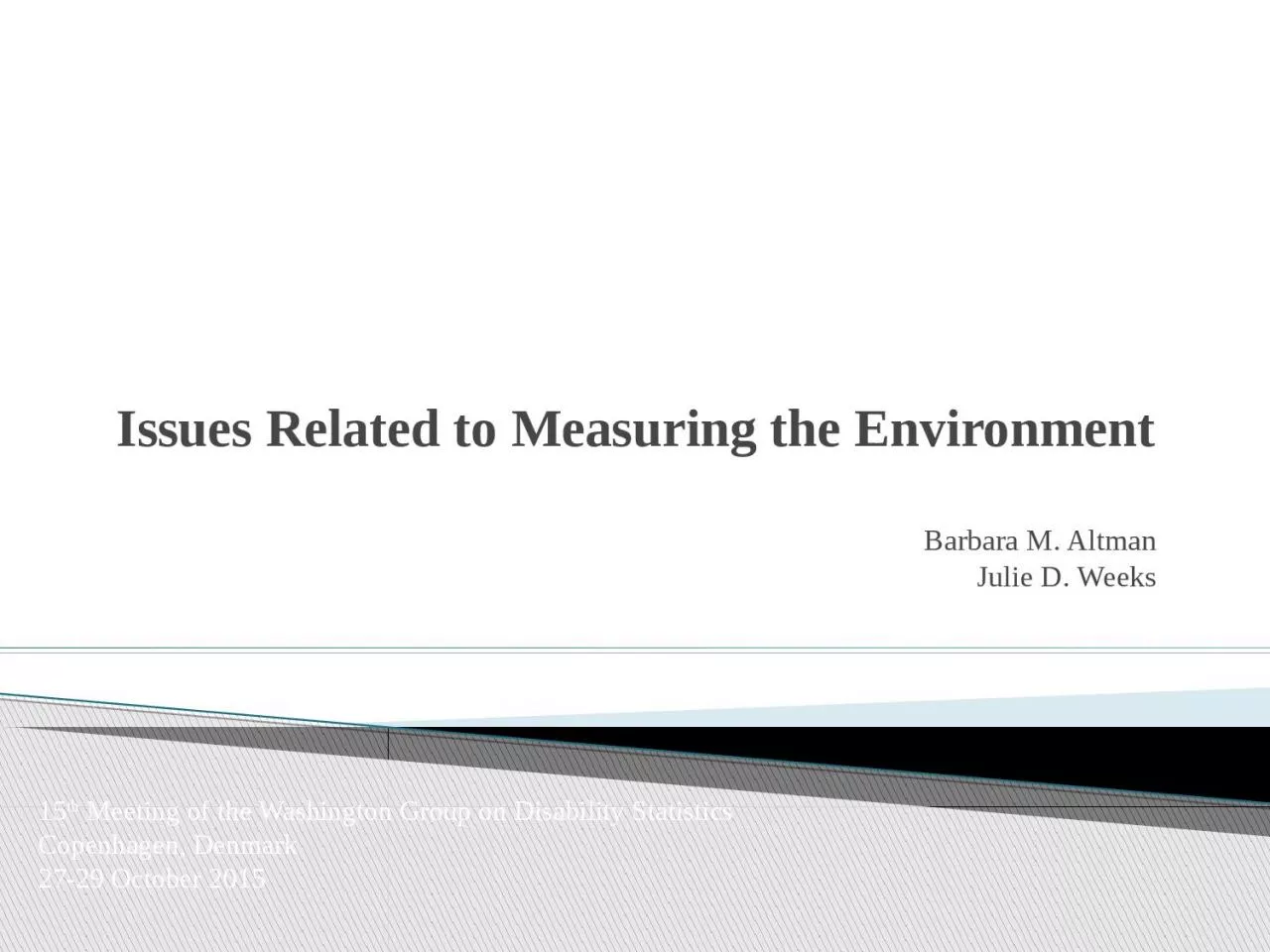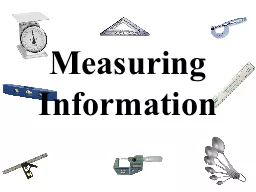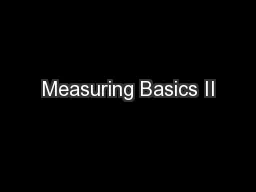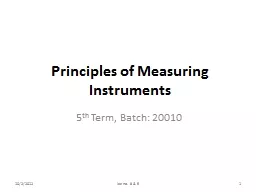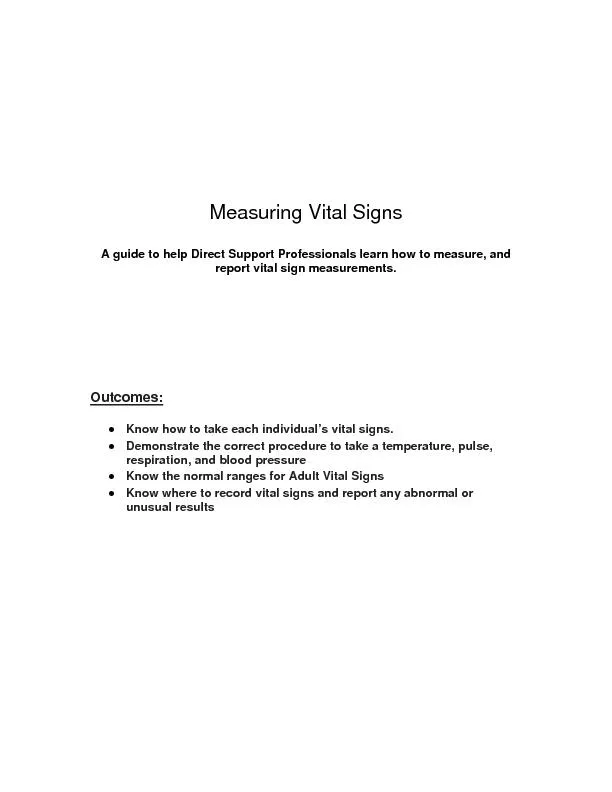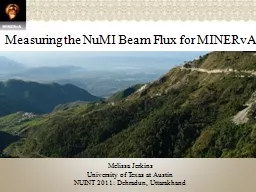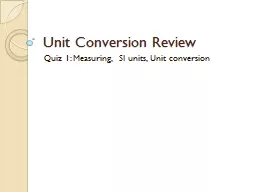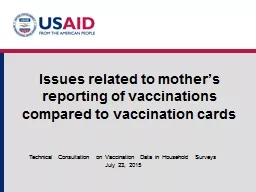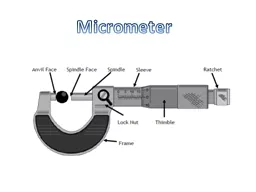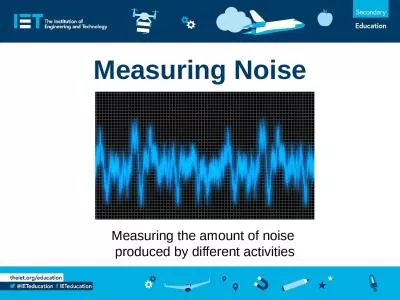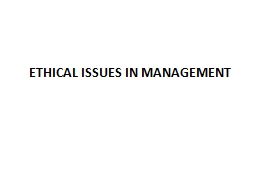PPT-Issues Related to Measuring the
Author : Mysticlover | Published Date : 2022-08-02
Environment Barbara M Altman Julie D Weeks 15 th Meeting of the Washington Group on Disability Statistics Copenhagen Denmark 2729 October 2015 The measurement of
Presentation Embed Code
Download Presentation
Download Presentation The PPT/PDF document "Issues Related to Measuring the" is the property of its rightful owner. Permission is granted to download and print the materials on this website for personal, non-commercial use only, and to display it on your personal computer provided you do not modify the materials and that you retain all copyright notices contained in the materials. By downloading content from our website, you accept the terms of this agreement.
Issues Related to Measuring the: Transcript
Download Rules Of Document
"Issues Related to Measuring the"The content belongs to its owner. You may download and print it for personal use, without modification, and keep all copyright notices. By downloading, you agree to these terms.
Related Documents

